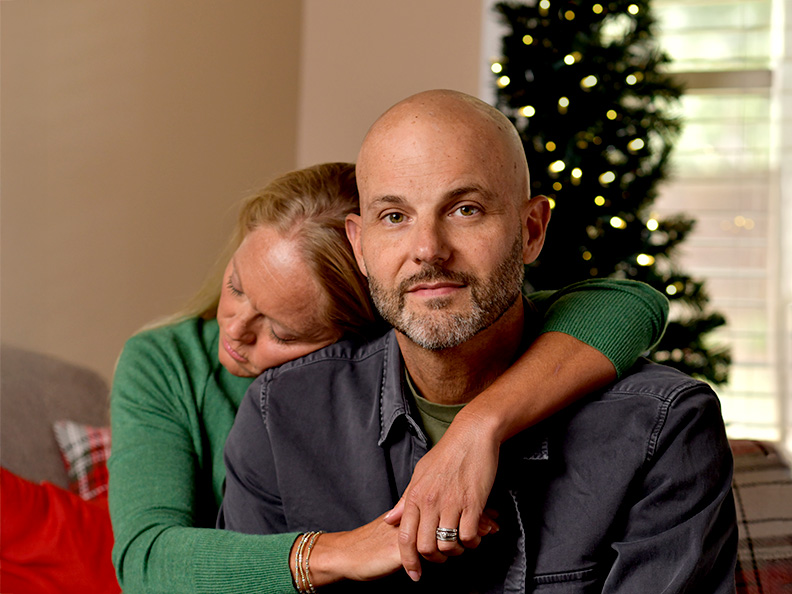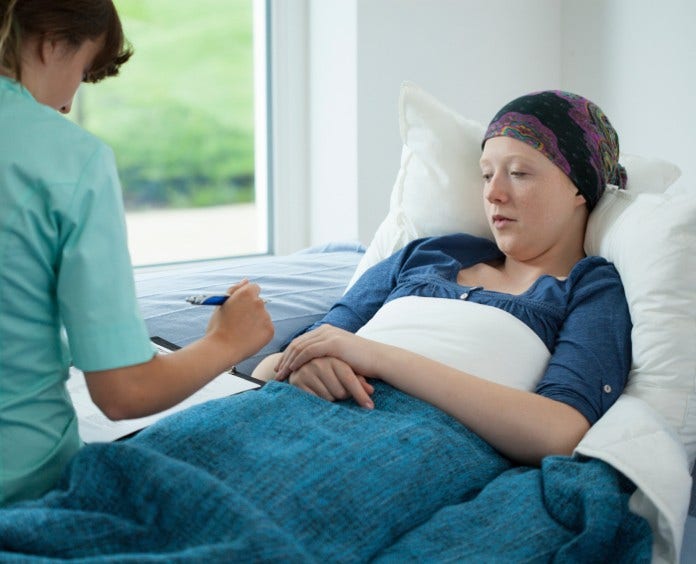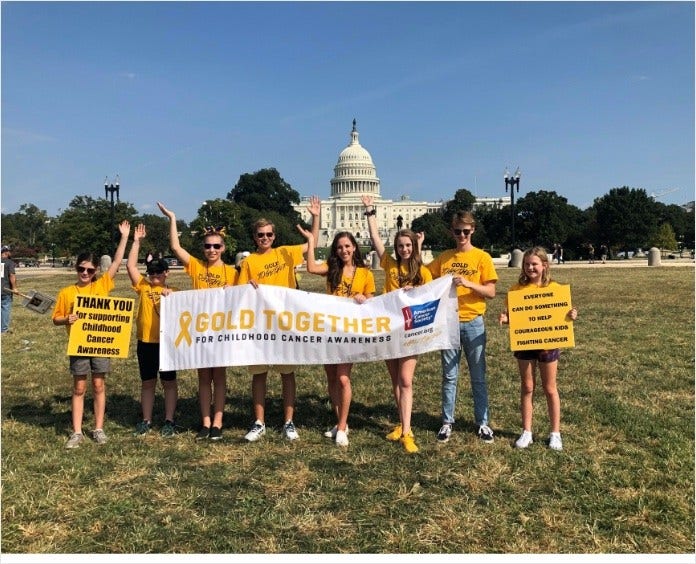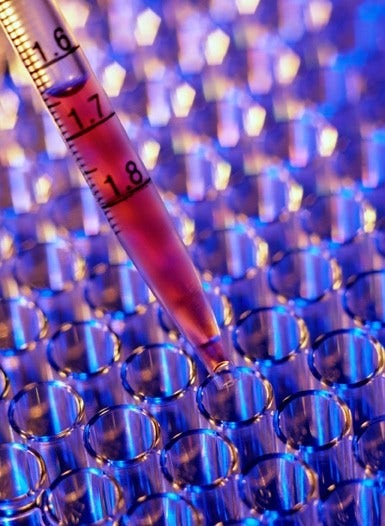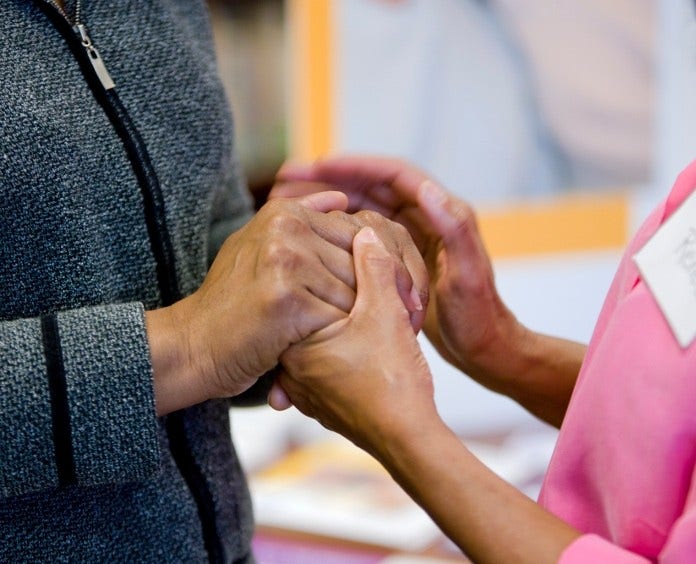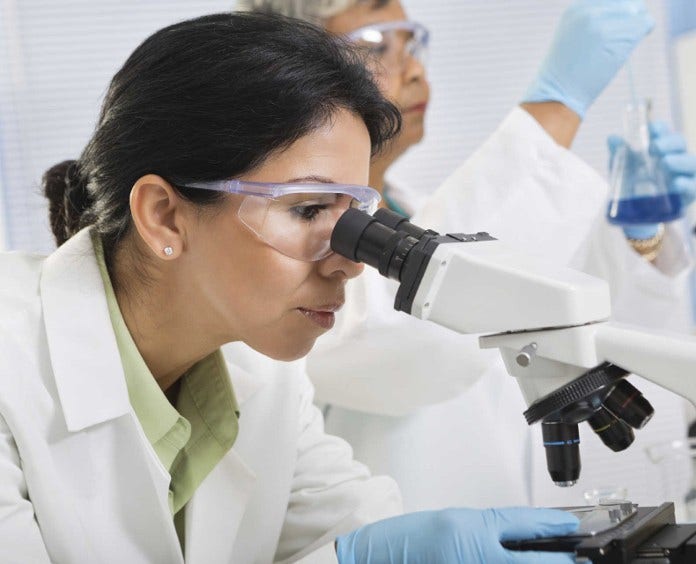Your gift is 100% tax deductible
Cancer in Adolescents
Whether you or your teen has just been diagnosed with cancer, is going through treatment, or is trying to stay well after treatment, we can help you find the answers you need.
This information is possible thanks to people like you.
We depend on donations to keep our cancer information available for the people who need it most.
